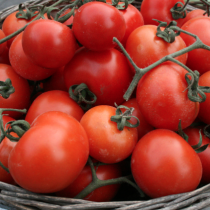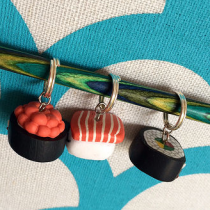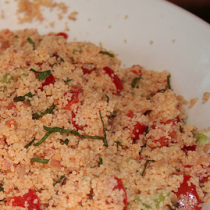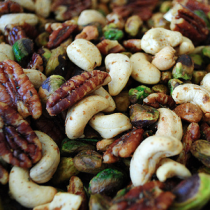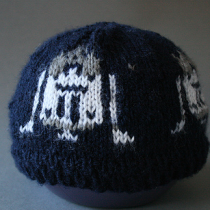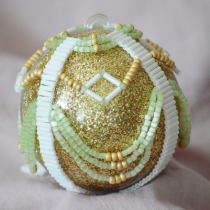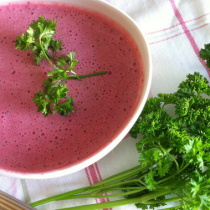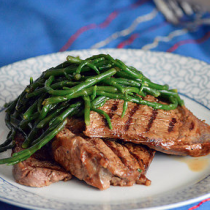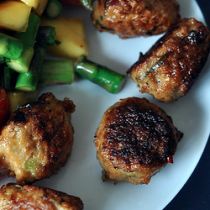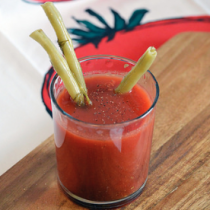Life is all about stopping to smell the flowers, right? What about taking time to stop and eat the flowers? This week, you can give it a chance by cooking with capers. These small flower buds come from a Mediterranean shrub and have been a staple in regional cuisine for thousands of years. These shrubs can also be found in parts of Africa, Asia, Italy, southern France, Spain, Turkey, Greece, and Morocco. Buds vary in size from delicate small ones (nonpareils) to large ones (not to be confused with caperberries which usually have seeds and a stem).
While closed, the caper shrub’s flower bud is hand picked then pickled to create the tangy flavors that are synonymous with the capers available jarred in grocery markets. They are packed in salt or brine to preserve the buds, making them a bit salty and deliciously tart. Customize your capers with Julia Child’s wise recommendation to replace half of the jar’s brine marinade with vermouth. This is also possible to add a little punch to green olives destined to be in martinis.
Capers are an international affair. Their pickled nature makes them easy to transport worldwide so countries from the Mediterranean to the Arctic to the Panama Canal may incorporate capers into their cuisine. This week, travel to Europe by enjoying Frikadeller Patties. A few countries have variations of this recipe, using different meats and shapes to make it their own. For decades, my family has enjoyed this light and delicious European burger of sorts. Pasta Puttanesca bring Italy to your table as the sweet scents of the sauce waft through the air. Surprisingly simple, the vegetarian sauce holds up to variations and reheating. Travel the world without leaving your kitchen with the charm of capers in international cuisine.
Continue reading →


